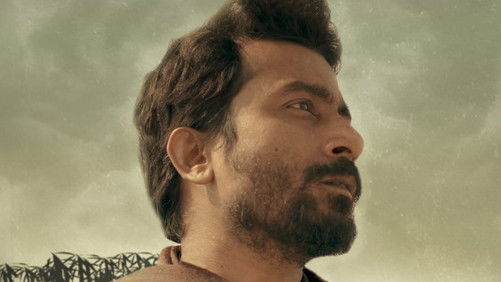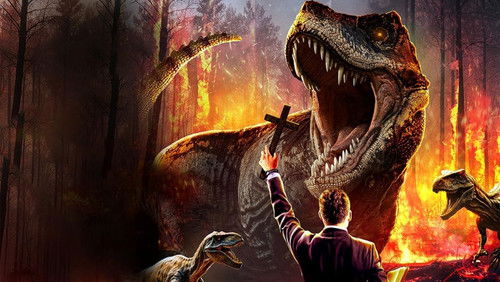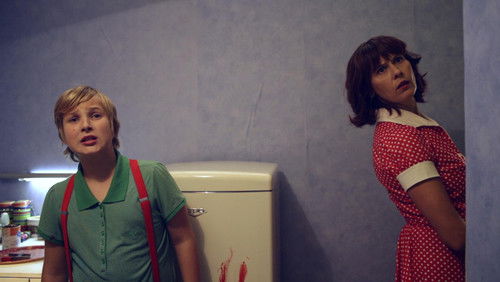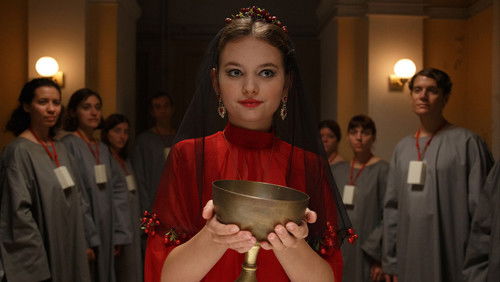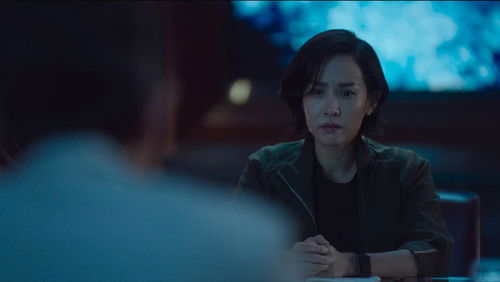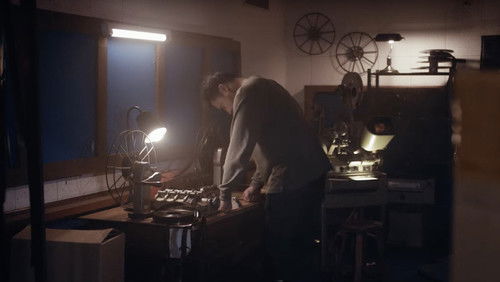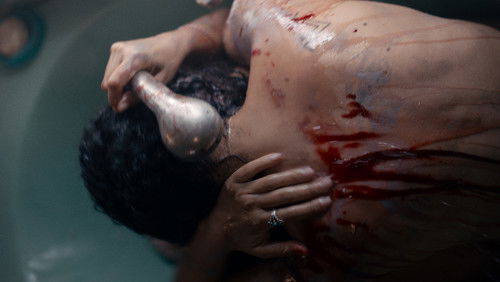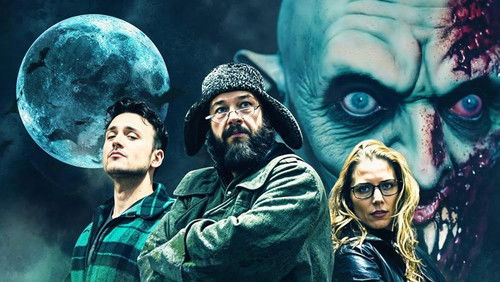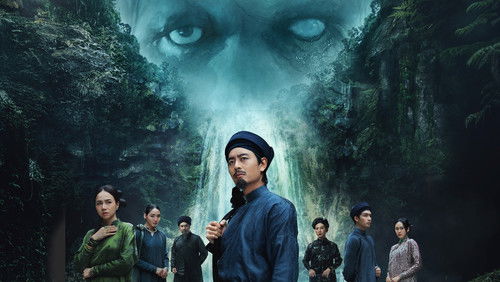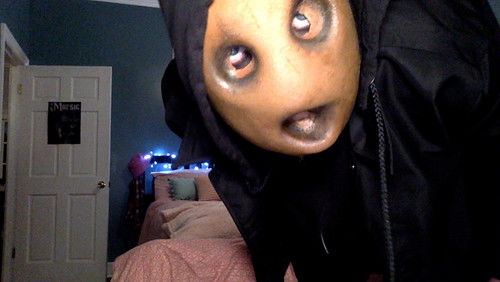Das Tier (1981)
45KDas Tier: Directed by Joe Dante. With Dee Wallace, Patrick Macnee, Dennis Dugan, Christopher Stone. After a bizarre and near deadly encounter with a serial killer, a television newswoman is sent to a remote mountain resort whose residents may not be what they seem.
“The Howling demonstrates Joe Danteu0026#39;s penchant for exploitation aesthetics, ironic revision and the subversive critique of genre staples, the combination of the sensibility of a cartoonist and a social satirist. It escapes me why this film is seen as no more than a werewolf slasher pic even by respected critics, because in a sense, it did what Scream did fifteen years later: self-deconstructing. It is not about the plot. It is about itself. It comments on all the conventions it happily plays upon itself. The violence, gore and werewolf metamorphoses are disarmed by the ironic way Dante utilizes and annotates them. He inserts countless in-jokes and references, often veiled and subtle, not just to movies and TV like with The Big Bad Wolf in The Three Little Pigs but also concerning characters eating Wolf Brand Chili, the momentary glimpse of a copy of Howl by Ginsberg, mention of DJ Wolfman Jack, characters with names like Terri Fisher, which could be a reference to the British director Terence Fisher, who did direct a film called Curse of the Werewolf. The focus of this extremely hip post-modern wolf man movie is mostly on the humor, satirizing pop culture and the self-help craze, gaining comic effect even from some of the special effects.u003cbr/u003eu003cbr/u003eBut it goes much much deeper than merely being reference-happy. What is really clever about The Howling is its pervasive visual references to a variety of media forms and aspects of popular culture themselves. We see cameramen, bystander-like TV sets and movie posters galore, we go behind the scenes of a network TV station. There is stop-motion animation and puppetry as well as special effects by Rick Baker and Rob Bottin that were state-of-the-art at the time. A silhouette of one of the monsters is obviously a cartoon animation (not unlike in Abbott u0026amp; Costello Meet Frankenstein). John Sayles (who co-wrote the blatantly metatextual script) and Roger Corman have cameos. Dee Wallace-Stone plays a Hollywood TV news anchor who is being stalked by a serial killer. In cooperation with the police, she takes part in a sting to capture the killer by meeting him in a scuzzy porn theater, where he forces her to watch a film of a young woman being raped, before she sees him emerging from the shadows. The final scene is a brilliant diametric reversal of this scenario in terms of the role of whatu0026#39;s really happening, whatu0026#39;s happening on the screen, and in what way horrific reality is stopped by bullets.u003cbr/u003eu003cbr/u003eThe brave anchor nonetheless submerges the memory of the tremendous sight which she cannot accept, so her therapist, Dr. George Waggner, named after the director of The Wolf Man with Lon Chaney and Claude Rains, sends her and her husband, Bill Neill, a thinly disguised reference to the director of Frankenstein Meets the Wolf Man, to a secluded countryside resort for treatment. As expected, the colony is chock full of oddball characters, and eventually werewolf sex, frightening shapeshifting and silver bullets abound. But all this elemental and earthy stuff takes place outside of the reach of mass media, at least to some extent, so a TV news anchor returning from this experience is going to want the world to know! But how can she? In a society surrounded and inundated by all kinds of bright, flashing mass broadcasting all the time, how can she make them truly connect and believe her claims no matter what she shows them?u003cbr/u003eu003cbr/u003eAs befits a real B-grade horror flick, the leads are all basically interchangeable. Most of the more solid moments are left to the character actors, played by B-movie vets like Slim Pickens, John Carradine, and Dick Miller, as well as Patrick Macnee, who plays Wallace-Stoneu0026#39;s shrink. I tend to nix comparisons to Tarantino because his fans tend to write off a lot of interesting filmmakers as QT wannabes, but this movie was made long before Tarantino burst onto the scene: The Howling is like the Pulp Fiction or Kill Bill of horror movies. Itu0026#39;s a post-modern pastiche that arrives insisting it is the real thing to some degree, casting all the right people, playing its own creative variations on a classic old-hat plot device, engulfing us with reminiscences of other movies and media like it and at the same time giving it a real-world edge. The Howling so consciously plays upon fantasy and allusions to midnight movies of yesteryear and werewolf lore, and reintroduces common, prototypical features of style. And there is always something about that self-aware quality that frees us from taking it seriously and we have so much more fun with it.”
